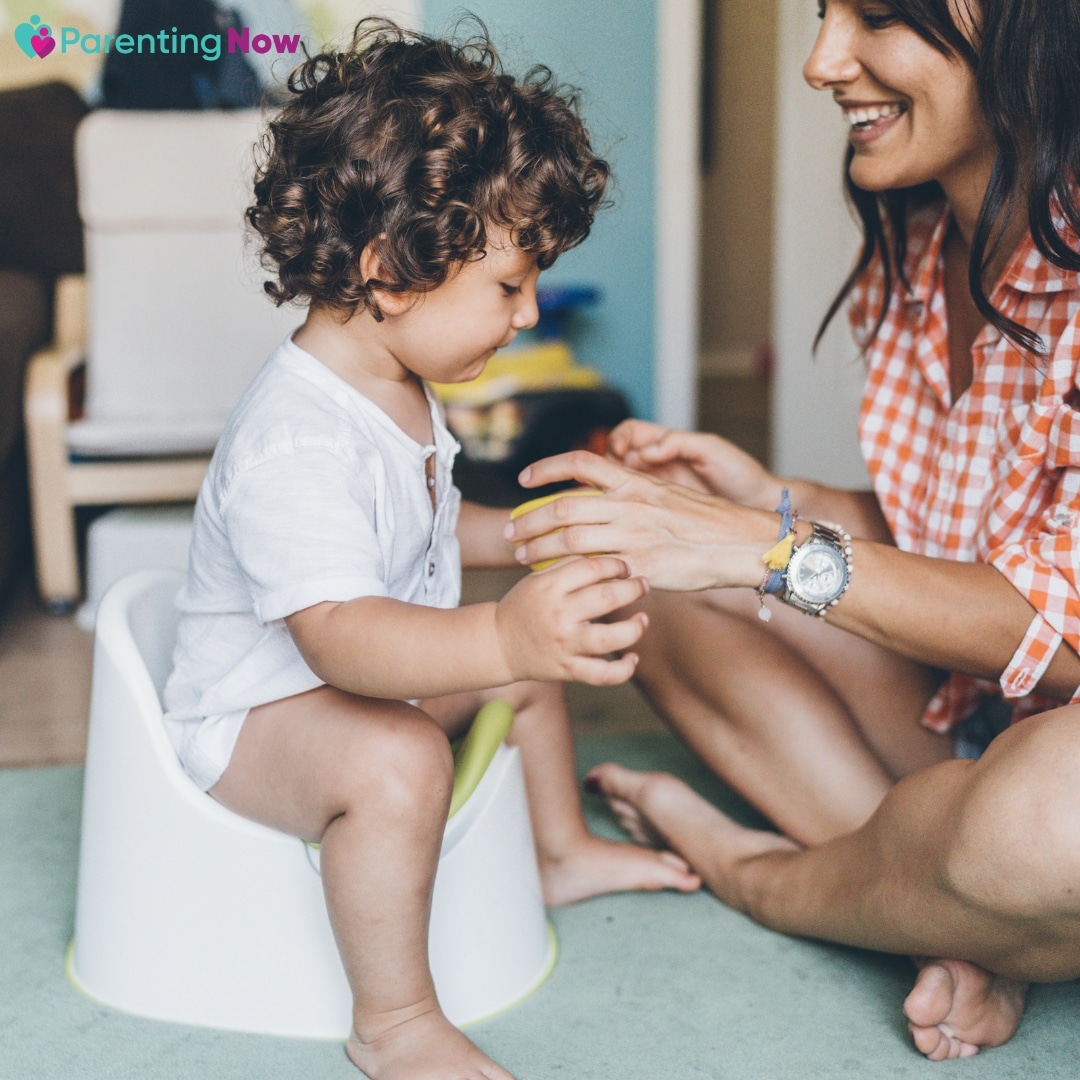
Toilet Training Tips for Toddlers
Toilet training is a significant milestone in a child’s development, but it can also be a challenging time for parents. With so much conflicting advice out there, it’s important to approach toilet training with patience and understanding. Here are some tips to help you start toilet training with your toddler:
When to Start
Most children will be fully day trained between 2½ and 4 years of age and night trained by 8 years. Look for signs that your child is ready, such as being able to communicate their needs, showing an interest in the toilet, and being able to undress themselves.
How to Prepare
Take note of your child’s pattern for wetting or bowel movements.
Gather everything you need, such as a potty or toilet seat ring.
Dress your child in pants instead of diapers to help them recognize when they are wet.
Getting Started
Choose a day to begin when you can be consistent and follow the same routine every day.
Explain the steps of using the toilet to your child and encourage them to try.
Provide plenty of fluids to increase the chances of your child needing to use the toilet.
Teaching Your Child
Ask your child if they need to go to the bathroom regularly.
Encourage your child to sit on the toilet for 3 to 5 minutes at key times, such as after meals or before going out.
Praise your child for any progress they make, and reward them for successful trips to the toilet.
Dealing with Accidents
Stay calm if your child has an accident and help them clean up without making a fuss.
Encourage your child to wash their hands after using the toilet.
If accidents become frequent, take a break from toilet training and try again later.
Tips for Boys and Girls
Teach boys to urinate sitting down at first to avoid messes.
Teach girls to wipe from front to back to prevent infections.
Preventing Accidents
Make sure your child can easily reach the potty or toilet.
Encourage your child to use the bathroom before outings or long play periods.
Keep diapers on at night until your child usually stays dry.
Key Steps
Remember, every child is different, and toilet training takes time.
Use a potty or a toilet seat ring with a step for your child to reach.
Explain the steps of using the toilet and encourage your child to try.
Praise and reward your child for their efforts and successes.
Stay calm if accidents happen, and take a break if toilet training becomes too stressful.
By following these tips and being patient and consistent, you can help your child learn to use the toilet in a positive and encouraging way.
Triple P – Positive Parenting Program
Are you interested in receiving more parenting advice? Triple P Online – Positive Parenting Program
could be for you! This online parenting program allows you to take a parenting class in the comfort of your own home!
If you live in Lane County, you can get Triple P Online for free by filling out the form on the Triple P page.
A staff person from Parenting Now will send you an access code within 24 hours and you’ll be able to start using the program right away! For more information about the program and to sign up visit the Triple P page.








